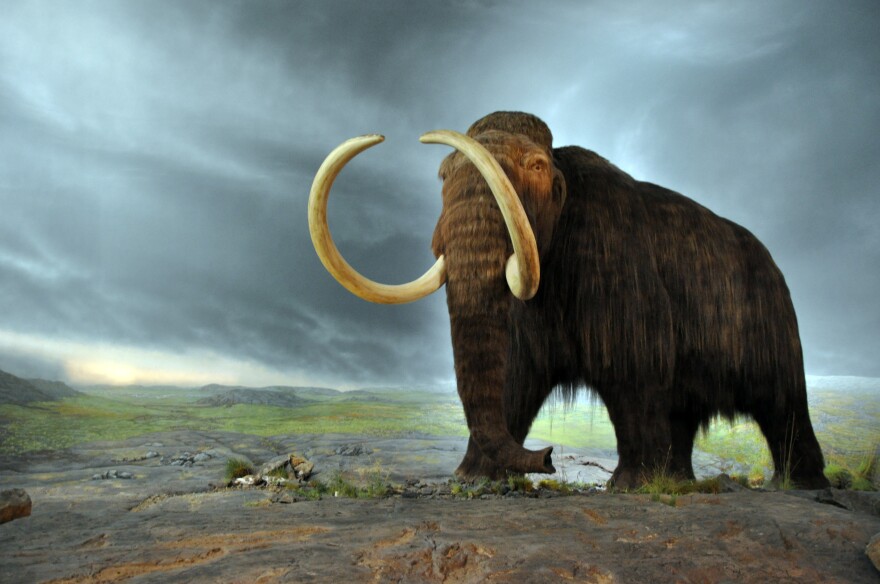Many scientists think we are in the midst of a sixth mass extinction, and it’s out fault.
The idea of bringing back extinct animals has gotten more attention in recent years as labs around the world get better at sequencing their genes. Could we once again have herds of woolly mammoths grazing the tundra of the north?
Beth Shapiro, a professor of ecology and evolutionary biology at U.C. Santa Cruz asks a different question: should we? She answers it in her book, How to Clone A Mammoth: The Science of De-Extinction.
The short answer is no.
“There are quite a lot of technical challenges, ethical considerations, and these are different, depending on which species you’re talking about; and there are also ecological considerations,” Shapiro told WCAI. Shapiro was recently in Woods Hole to speak at the Marine Biological Laboratory.
She draws the line at mammoths because bringing one back would require using an Asian elephant, which don’t do well in captivity. They don’t stay healthy and they don’t reproduce well, she explained.
“I don’t object to this technology,” she said. “There is a place and time for using this genome engineering technology as a method to preserve species that are alive today. A genetic booster shot, if you will.”
What she’s interested to learn is how mammoths responded to rapid warming events in the past. She wants to know how to mitigate the impacts of climate change on today’s creatures, like elephants.
“To my mind, that should be the ultimate goal," she said.
George Church at Harvard has been able to swap out 14 base pairs of mammoth genes into the Asian elephant genome, she points out. These are genes for “longer, more luxurious hair,” and adaptations that allowed mammoths to efficiently move oxygen around the body.
The problem is, the world has changed a lot since wooly mammoths were alive. There might not be a place to put that species back, ecologically speaking, she says.
To address that issue, a researcher in Russia has created “Pleistocene Park” with the hopes of populating it with mammoths and other animals of the era. Currently, bison and horses live there. That is a better approach to de-extinction, Shapiro said. Not bringing back one lonely mammoth so we can stare at it in the zoo, but to re-create a place where a population could survive.
The other problem is an even more practical one. Bringing back a mammoth involves putting together the mammoth genome from mummified mammoth. Fragments of DNA end up being just 40 base pairs long, a kind of DNA confetti.
“So the size of a mammoth genome is 4 billion bases,” Shapiro said. “And I have fragments of DNA that are 40 bases. It’s like having a trillion-piece puzzle.”
The amazing thing is that, using computers and the elephant genome, scientists are actually putting the puzzle together.
They have found there are only a million and a half letters difference between an Asian elephant and a mammoth genome. Right now it is not possible to make a million and a half changes. But some day it could be.
Before that happens, Shapiro says we should make a decision about whether bringing back a mammoth is the right thing to do.



